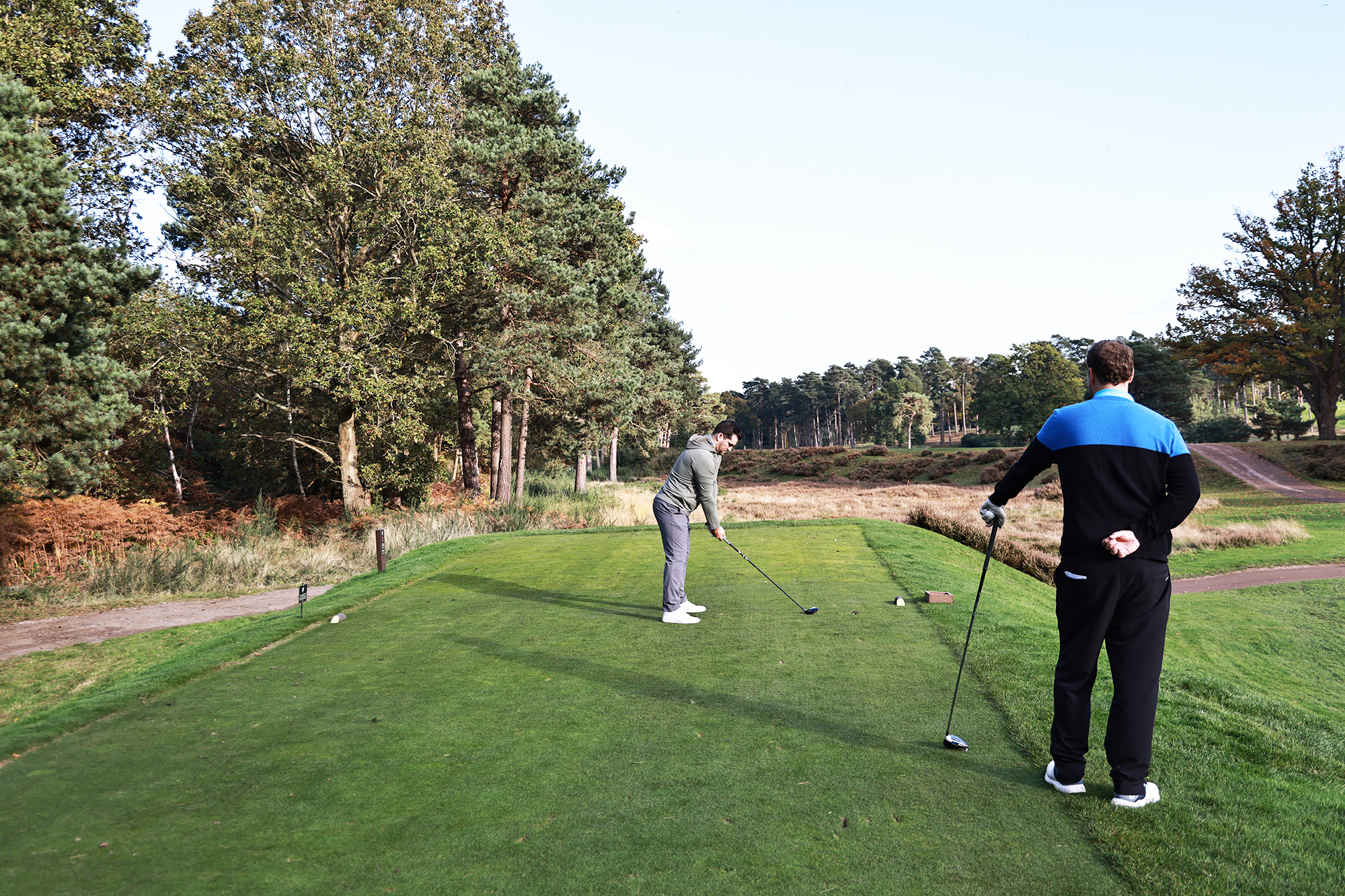The Relative Safety Of 3-Wood Off The Tee Is A Myth... And I Can Prove It!
Using the latest Shot Scope data, I can prove that the perceived 'safety' of hitting 3-wood off the tee is often misguided - it's time to banish the myth...


I have tried just about everything in my attempts to break 90 in golf, from spending hours cycling through the 10 best golf drills to adding a new 3-wood to my bag.
However, putting this new club into play has raised an interesting new conundrum on the tee box - should I play safe with the fairway wood or pull the head cover from my driver?
Being the data geek that I am, I couldn't leave that decision down to a whim on any particular day. I needed to know the definitive answer.
So, utilising the latest Shot Scope data, I did a little research into the pros and cons of taking 3-wood or driver off the tee, and the findings were very interesting indeed...
1. Distance Off The Tee
You'll be unsurprised to learn that distance clearly favours the big stick off the tee.
The average amateur golfer hits the ball 245 yards with driver, a huge 27 yards longer than the 3-wood average of 218 yards.
The biggest distance gap between the two clubs is seen in the average for a 10-handicapper. With a driver in hand a 10-handicap player hits the ball 259 yards, which is 32 yards longer than with a 3-wood (227 yards).
Subscribe to the Golf Monthly newsletter to stay up to date with all the latest tour news, equipment news, reviews, head-to-heads and buyer’s guides from our team of experienced experts.
It has been well researched and documented that how far amateur golfers hit their drives has a direct correlation to their handicap index. Ultimately, distance is king and you should be looking to eek out every yard.
2. Fairways Hit (Driving Accuracy)
The argument many make for sacrificing distance with a 3-wood is that it's a safer play. This is often backed up with claims that hitting more fairways will help you shoot lower scores, but how many more does an amateur actually hit when pulling the 3-wood.
If you look at how you compare to PGA Tour driving accuracy stats, you'll see that the gulf isn't huge - therefore indicating that this stat might not be the biggest influencing factor between you and the elite players in the game.
The data suggests that a scratch golfer, 5-handicapper and 10-handicapper only hit between 1% and 3% more fairways with a 3-wood when compared to a driver, which hardly seems worth the distance loss.
However, in most cases, a player with a handicap index of 15 or higher actually hits more fairways with driver than they do with 3-wood.
That means the decision to take 3-wood really doesn't make any sense for these players, unless the hole specifically dictates the club change due to danger or topography.

Does hitting 3-wood provide any real benefits? This data suggests driver might be the better option
3. Avoiding Trouble
The support for the 'team driver' camp really picks up pace when you look at respective club's ability to help you avoid trouble on the course.
Generally speaking, the data suggests you are just as likely to find a penalty area with 3-wood as you are with driver - and for most players you are actually more likely to find the danger areas on the course.
The same can be said for finding bunkers, albeit only marginally, so taking driver appears to be the 'safer' play after all - maybe even helping you to keep double bogeys off the scorecard.
Other Options?
According to Shot Scope, lower handicap players are actually better taking a hybrid off the tee if they really want to opt for a safe play off the tee - with an increased likelihood of hitting the fairway and a marginally improved chance of avoiding penalty areas
Having said that, you will be casting aside around 44 yards of distance on average if you make this decision on the tee box - so perhaps it's better to be bold.

Baz joined Golf Monthly in January 2024, and now leads the instruction section across all platforms - including print and digital. Working closely with Golf Monthly's Top 50 Coaches, he aims to curate and share useful tips on every aspect of the game - helping amateurs of all abilities to play better golf. Baz also contributes weekly to the features section, sharing his thoughts on the game we love and the topics that matter most. A member at Sand Moor Golf Club in Leeds, he looks forward to getting out on the course at least once a week in the pursuit of a respectable handicap.
Baz is currently playing:
Driver: Benross Delta XT
3-Wood: Benross Delta XT
Hybrid: TaylorMade Stealth 4 Hybrid
Irons: Benross Delta XT 5-PW
Wedges: TaylorMade RAC 60, Callaway Jaws MD5 54
Putter: TaylorMade Spider Tour
You must confirm your public display name before commenting
Please logout and then login again, you will then be prompted to enter your display name.